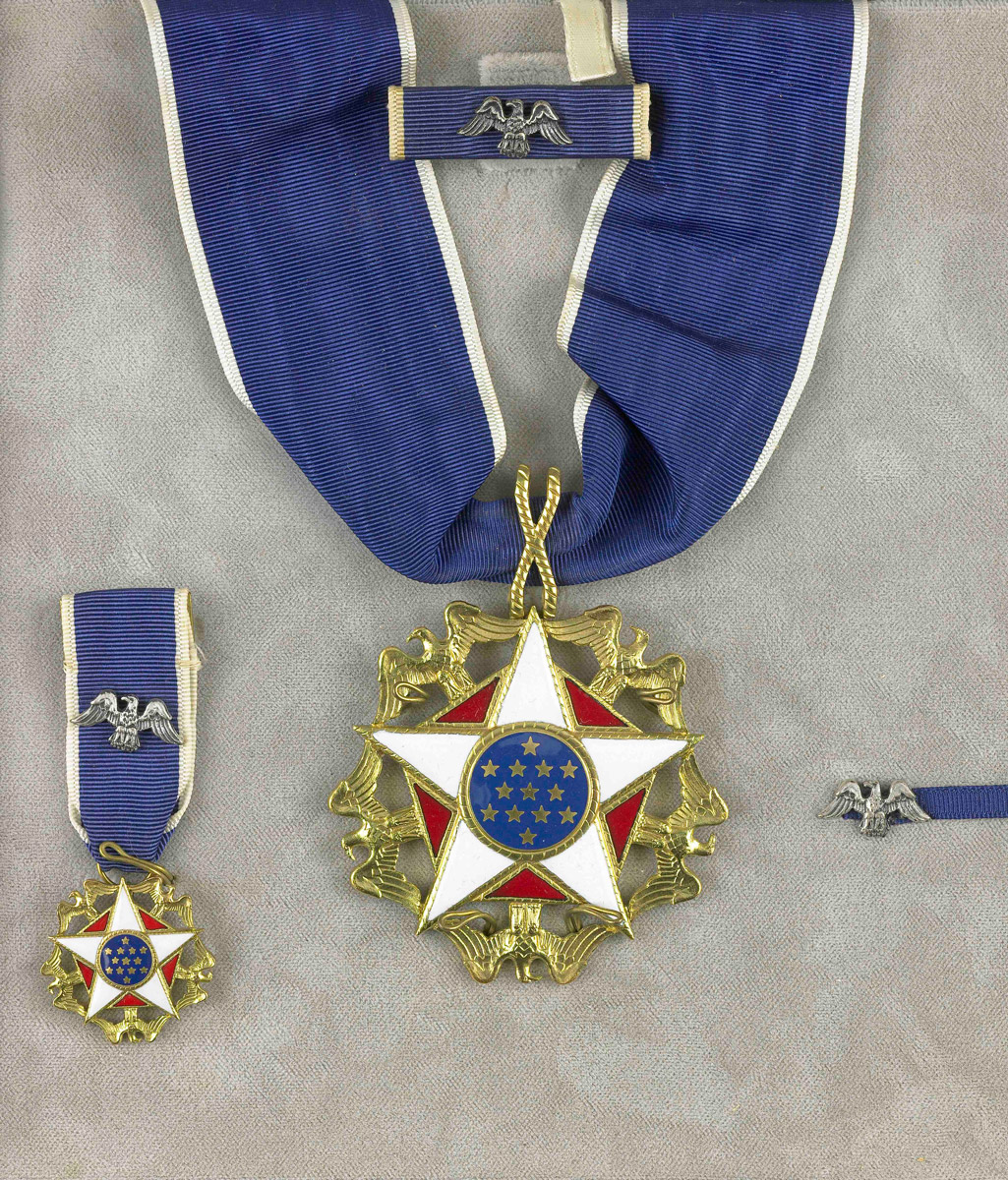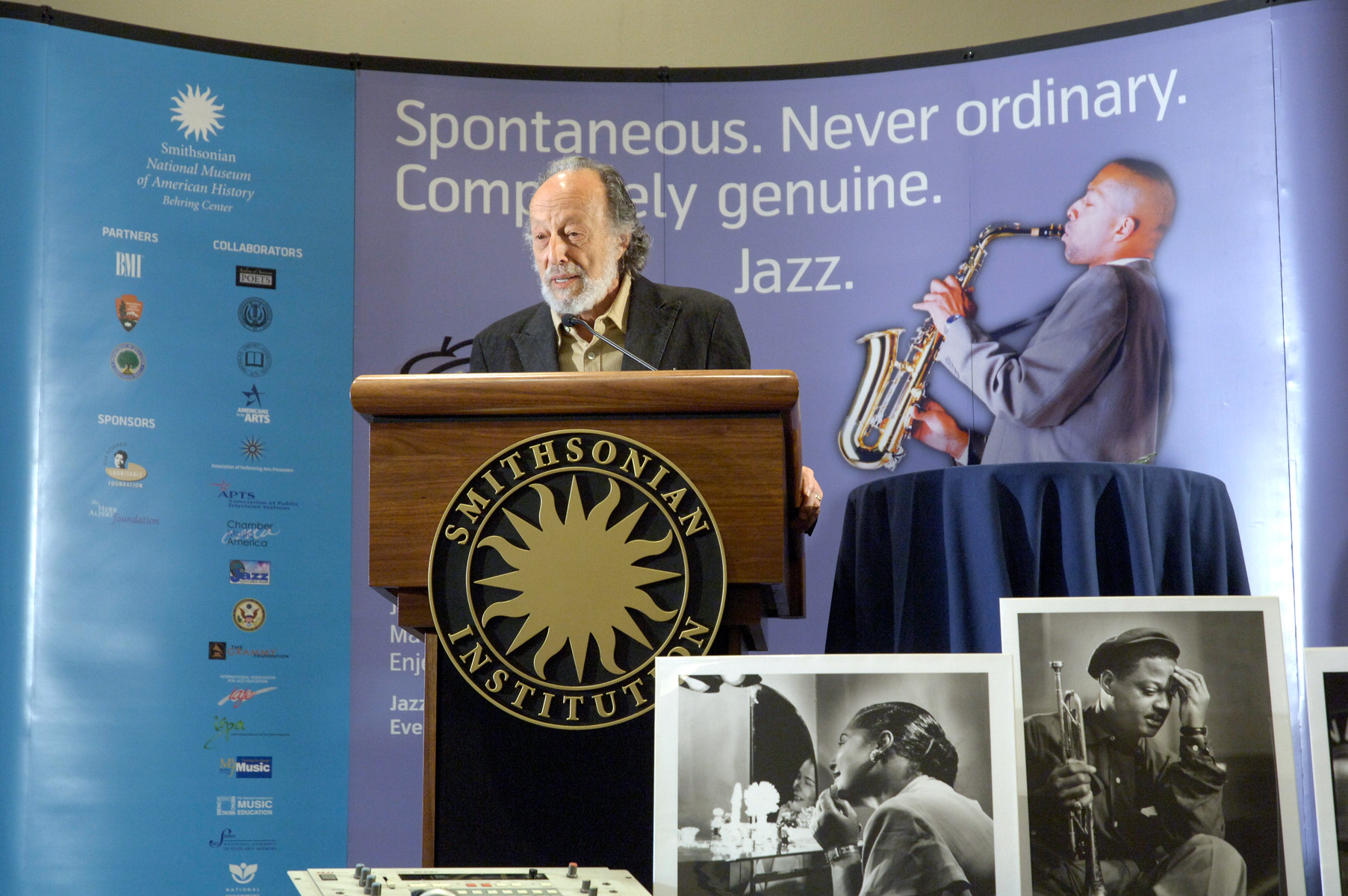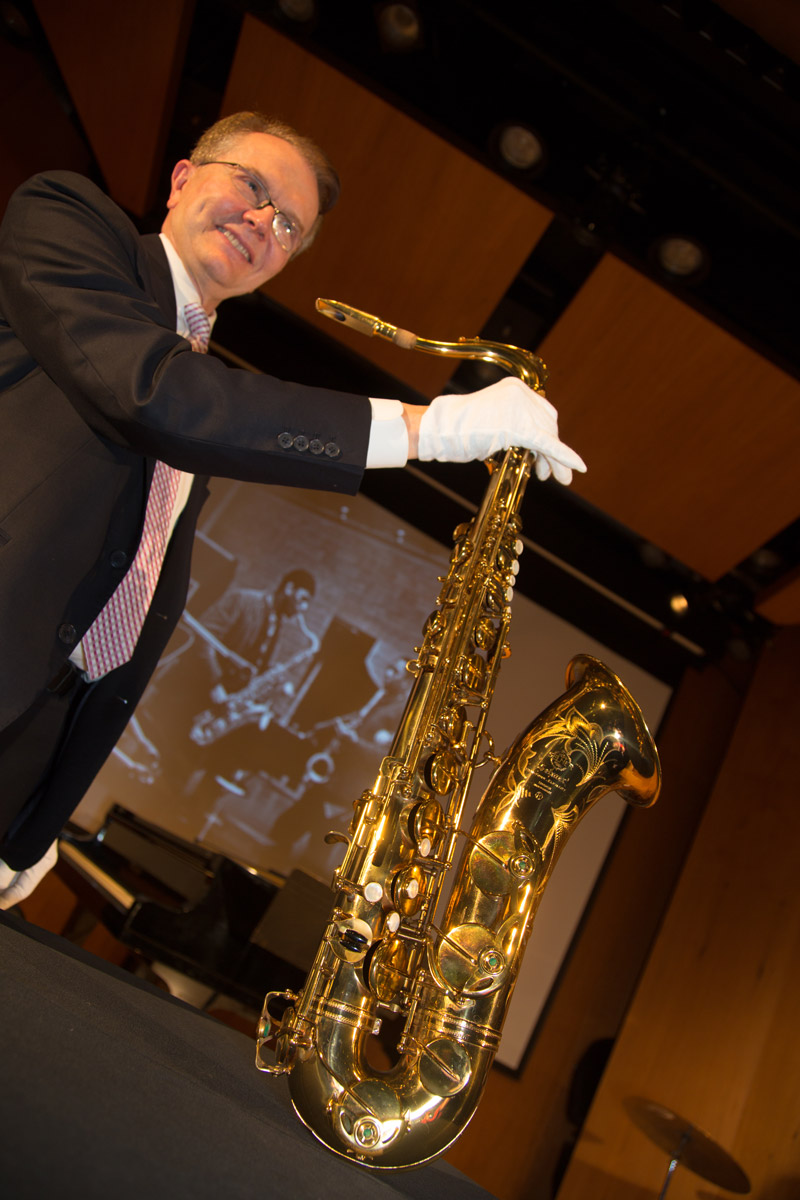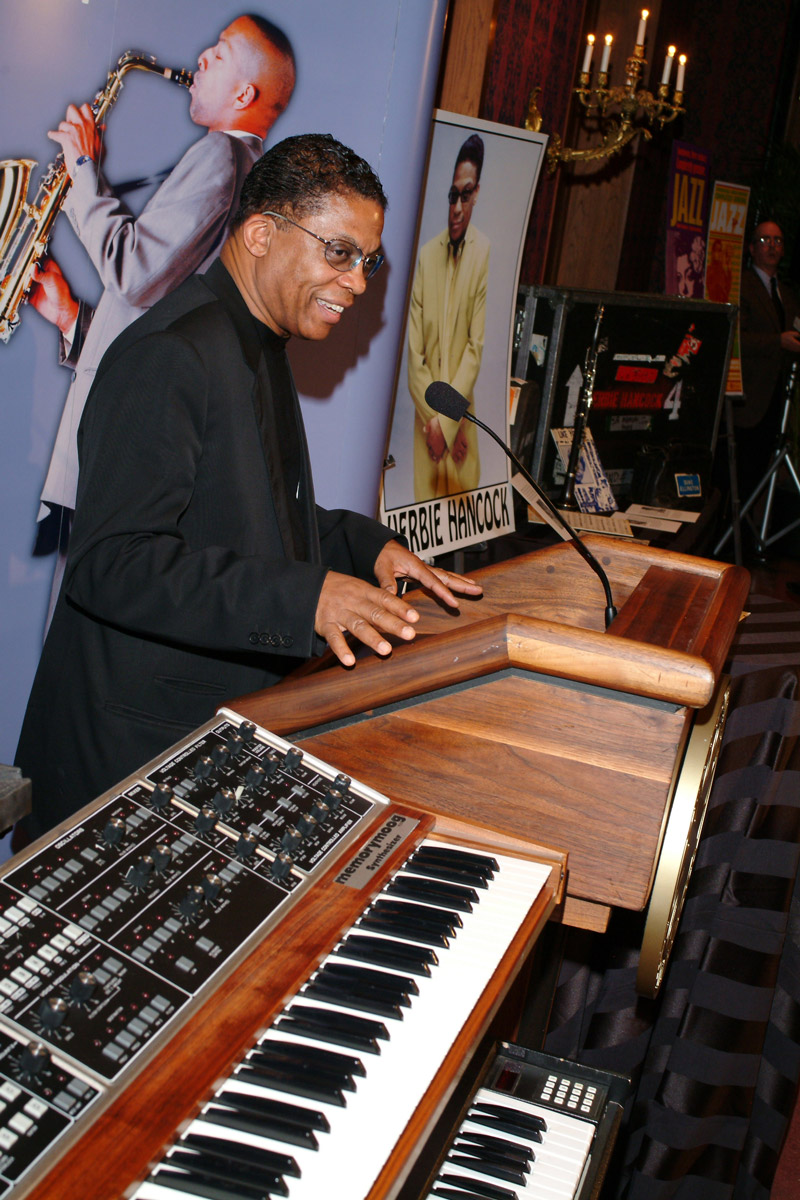Acquisitions
You can tell a lot about a people and a nation by what they deem significant enough to remember, what they place in their museums, and what they erect in their monuments.” Dr. Lonnie G. Bunch III, 14th Secretary, Smithsonian Institution
Why do curators and archivists collect?
Often people have asked me: what drove your collecting of objects, documents, and audio-visual material? Quite simply, I collected to preserve the past, help make sense of the present, and create learning opportunities for the future. As a curator, my responsibility was to rise above fashions and fads of the moment, to safeguard history for future generations.
The significance of what curators do for history is well articulated by my former colleague, the distinguished archivist John Fleckner: “The task of the historian—whether scholar, journalist, exhibit curator or filmmaker—is to imagine, recreate, and make meaning of the past. The success of that task relies in great measure on the quality of the surviving documentation, for without that historical record, in its many forms, history becomes mere hearsay.”
As a curator, my first and foremost responsibility was to enlarge the national collections of musical instruments, scores, parts, sheet music, documents, recordings, films, awards, and memorabilia. Over the course of a 33-year tenure, I was both blessed and humbled to have helped a number of stellar American legends of music deposit their precious materials at the National Museum of American History. It felt deeply gratifying to help build a strong foundation for future collecting. Here are but a few highlights.

DIZZY GILLESPIE PLAYED THIS CUSTOM-MADE KING SILVER FLAIR TRUMPET IN THE LATE 1970s AND EARLY 1980s. THE SHAPE OF THIS TRUMPET BECAME ICONIC FOR GILLESPIE.

THE SAM DEVINCENT COLLECTION OF ILLUSTRATED AMERICAN SHEET MUSIC NUMBER 135,000 PIECES, RANGING FROM THE 1790s TO THE 1980s.

THREE HISTORIC FENDER GUITARS AND A FENDER AMP PLAYED BY STEVE CROPPER ON OTIS REDDING’S SITTIN’ ON THE DOCK OF THE BAY, FEATURED IN THE BLUES BROTHERS MOVIE, IN THE RECORDING OF GREEN ONIONS BY BOOKER T. AND THE MGs.
The Duke Ellington Collection, one of the Smithsonian’s crown jewels, contains 200,000 pages of documents, half of which is unpublished music composed by Ellington, Billy Strayhorn, and other bandmembers. It will keep scholars and musicians busy for centuries. On the right, is the Presidential Medal of Freedom, the nation’s highest civilian honor. It was awarded to Ellington on the night of the maestro’s 70th birthday by President Richard M. Nixon at a star-studded ceremony at The White House.



Eminent photographer Herman Leonard donated 110 of his iconic images to the Museum, including these of Billie Holiday and Clark Terry.
Grammy Awards of Ella Fitzgerald, Benny Carter, and Duke Ellington.


Ray Charles played this Yamaha KX-88 keyboard controller, and added Braille labels above the keys.
Two priceless objects document the work of innovator John Coltrane: his manuscript for his masterpiece A Love Supreme, and his Selmer Mark IV tenor saxophone, made in Paris in 1965.


HERBIE HANCOCK DONATED HIS MEMORY MOOG SYNTHESIZER AND SEVERAL OTHER KEYBOARDS TO THE MUSEUM.
THE DRUM SET OF VIRTUOSO BUDDY RICH


